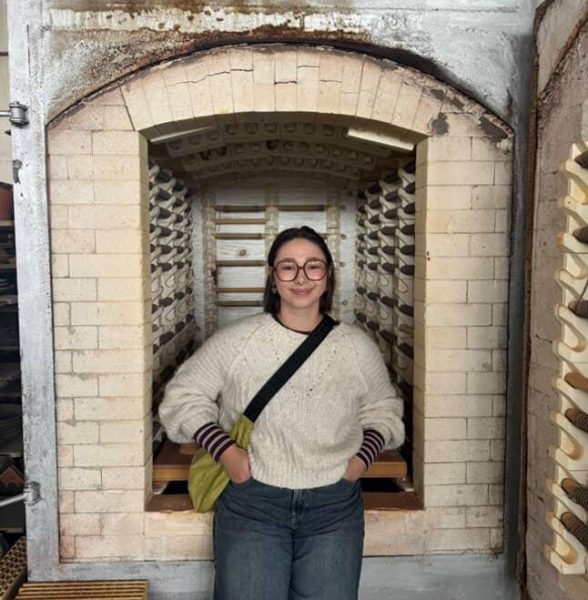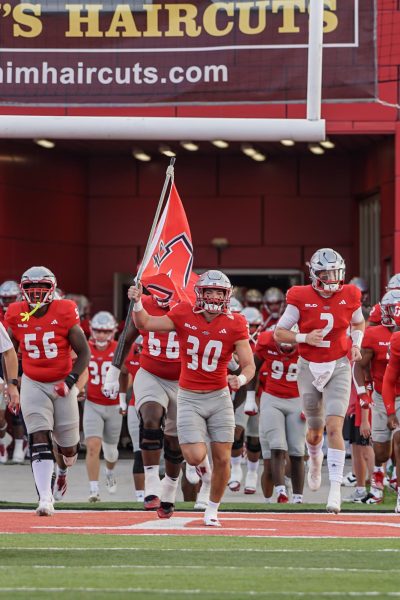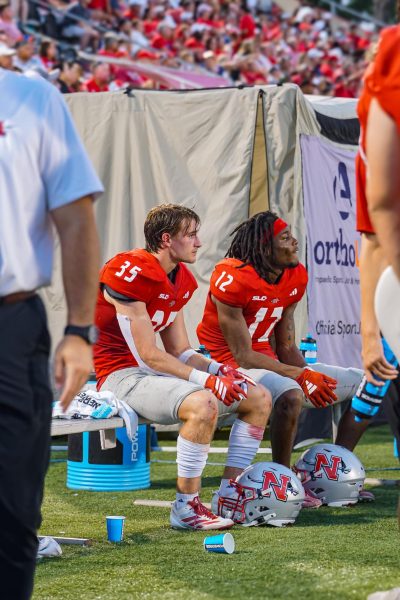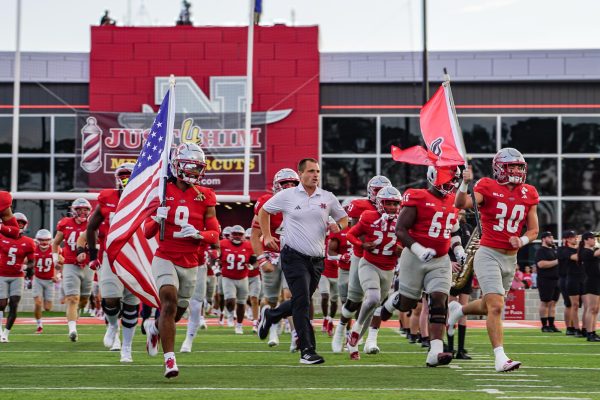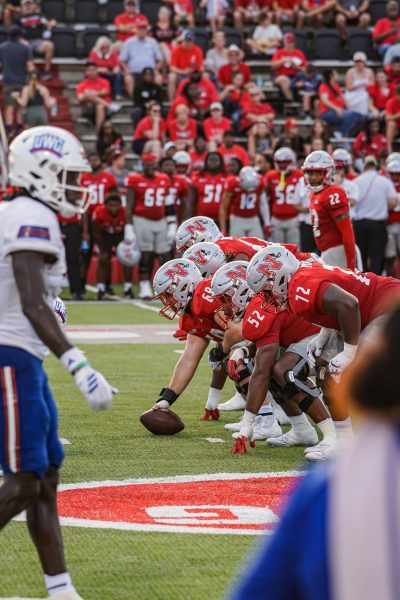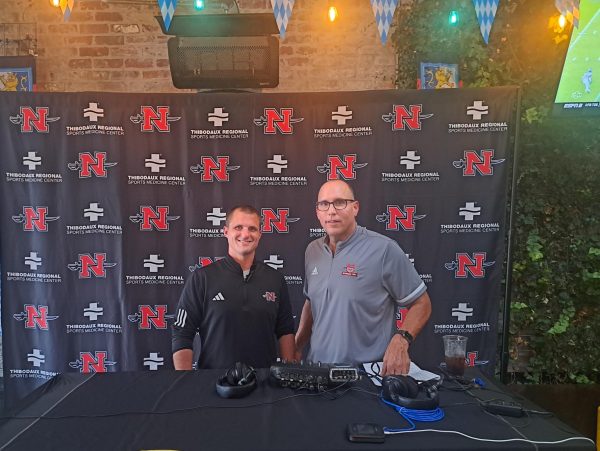Offseason provides opportunity for student athletes to recover
After a student-athlete finishes competing on the field, their off-season diet becomes a crucial part to their success in the following season.
Student-athletes on the Colonel soccer team have entered their offseason training program just weeks off of coming up one game short of the postseason. Sophomore Katherine Kelly mentioned that the team receives a schedule and diet plan from head coach Dylan Harrison. This program details how he wants the players to train and eat while players are back home between semesters.
“Soccer is not like other sports. If you stop training one day or two, you will start to fall out of shape,” midfielder Ainsley Pratt said.
The schedule consists of running two miles one day and three the next in a rotation. After that, the exercises become increasingly difficult as players build muscle in sport-specific areas of the body. For soccer, offseason workouts focus on building stamina and increasing muscle in the leg and core areas of the body.
The offseason also provides time for student-athletes to rehab nagging injuries that can’t be focused on during the season.
“I had an ankle injury and couldn’t run so I had to make up the lack of running with swimming,” Kelly said.
Nicholls’ athletes have a team of their own when it comes to rehabilitating injuries. In the offseason, athletic trainers on campus can craft detailed, athlete-specific regiments that can be carried out in the state-of-the-art Harold J. Callais Recreation Center.
Although the team is given a diet plan, a few of the players admit the plan does not last very long for them. They mentioned that temptations that are ignored during the season such as chocolate, candy and Starbucks coffee are more easily given into when there is no threat of practice looming.
Regardless of what the team is given to follow on their time off the field and away from the constancy of practice, much of the offseason is mainly self-motivated. This self-motivation is an important factor in how these student-athletes made it to compete in college.
“Spring is so much control, unlike fall. It takes so much control to not let one off day turn into a week, a week that could easily get a soccer player out of shape,” Pratt said.
Forward Jess Coates, on the other hand, takes a different approach. Coates gives her body time to heal and recover from the strain she puts herself throughout the season, electing instead to surf when she is back in Australia. Midfielder Emily Werenskiold mentioned she takes up skiing when she is back on the mountains of her native Norway.
Spring is the players’ chance as individuals to reset their minds and relax their bodies, but they also have the responsibility to not fall behind the opponent who does not rest.
“A player cannot wait until the day practices start up again to try to get back in shape because they will be too out of shape compared to the rest of the team,” Pratt said.


